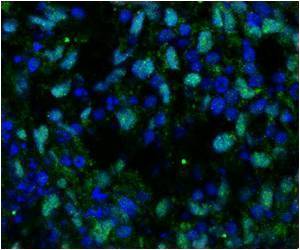Scientists investigate how well butterfly mimics resemble their aposematic models -- colors and or patterns that act as a warning to predators.

Aposematic colouration is a term used to describe colors and or patterns that act as a warning to predators that a potential prey species is unpalatable, toxic or dangerous.
Shiyu Su, a PhD student advised by Krushnamegh Kunte from NCBS and Matthew Lim from NUS, investigated mimetic butterfly communities called 'butterfly rings' from the Western Ghats of India.
"Female butterflies carry heavy loads of eggs, which impairs their escape flight when they are attacked by birds and other predators. Because of this risk of predation, female butterflies are under intense natural selection to be very good mimics. Therefore, it makes sense that females are better mimics than males," said Kunte on Tuesday.
Male wing patterns, on the other hand, are also likely to be under sexual selection since females often prefer brighter, more flamboyant mates, said the study. What surprised the researchers was that the underside of the wings were closer mimics that the upper side.
Since upper wing surfaces are exposed during flight and are likely to be spotted by birds in flight, one would expect that the upper surfaces would be better mimics than ventral wing surfaces.
Advertisement
"This paper throws open new questions about the evolution of mimicry and the selective forces that influence the evolution of butterfly wing patterns. Many of these questions are amenable to experimental analysis and we hope to have some more answers soon," added Kunte.
Advertisement









